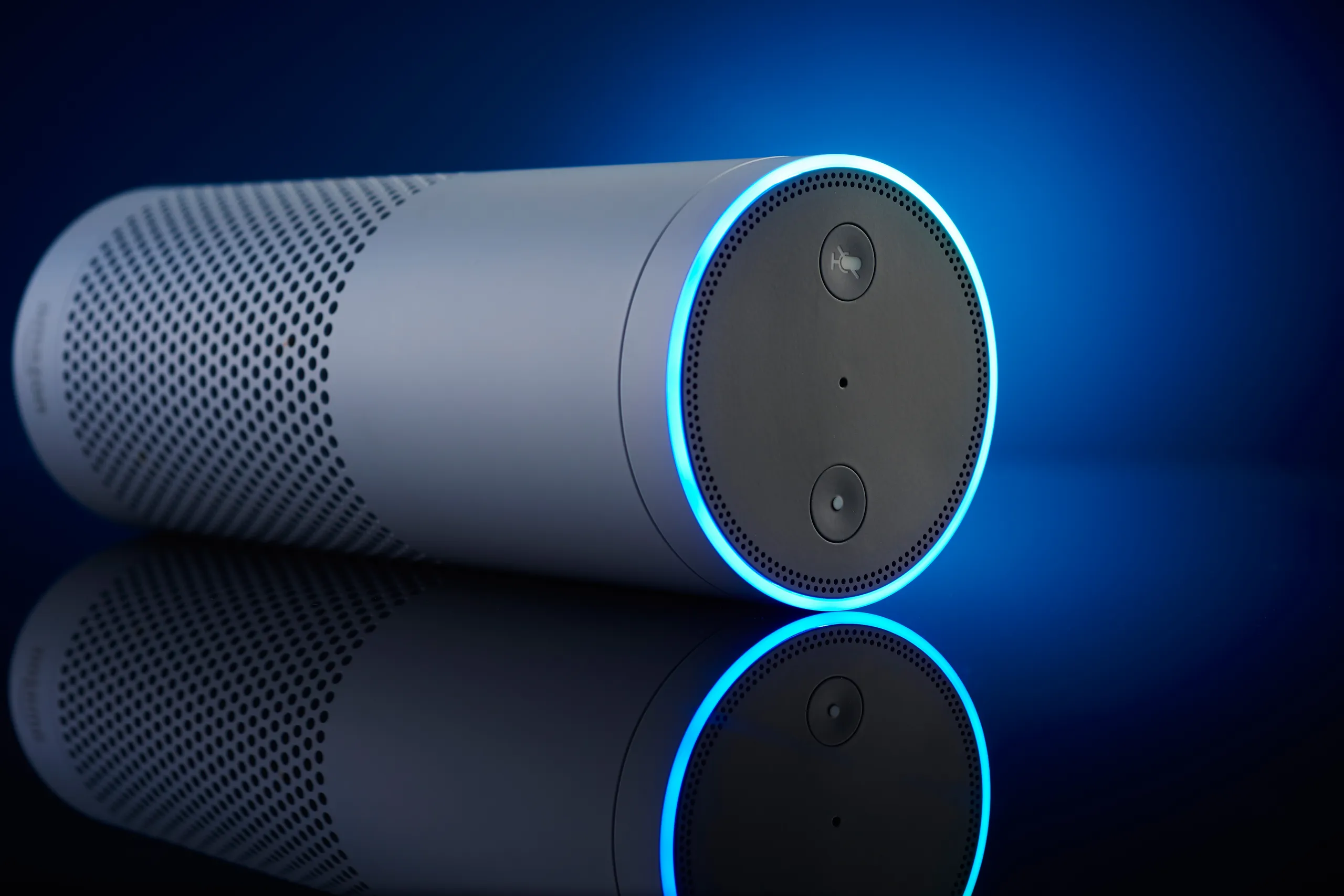Technology has transformed the way we live, and nowhere is this more apparent than in our homes. For many years, the concept of a smart home centered around the novelty of voice assistants. Asking a device to dim the lights, play a favorite song, or set an alarm once felt futuristic. Yet the future of smart homes is no longer defined by these commands. The next wave of innovation moves beyond voice, integrating artificial intelligence, sustainable design, predictive analytics, and seamless automation into daily living.
Smart Homes as Living Ecosystems
Modern smart homes are not simply collections of connected gadgets. They are evolving into ecosystems that adapt to human behavior and anticipate needs before they are even expressed. A refrigerator can detect when groceries are running low and place an order automatically. Lighting systems adjust to circadian rhythms, improving sleep quality and overall wellness. Even heating and cooling are managed intelligently, learning from usage patterns and weather forecasts to conserve energy while maintaining comfort.
This interconnectedness creates a household that feels alive. Instead of reacting to a command, the home becomes proactive. It learns routines, adjusts to preferences, and improves efficiency without requiring constant input. This shift from reactive tools to predictive environments represents a turning point in the way people experience their personal spaces.
The Role of Artificial Intelligence
Artificial intelligence plays a central role in this transformation. By analyzing patterns of human behavior, AI-driven homes will be capable of predicting what residents need before they ask. This might include suggesting healthier meal choices based on current lifestyle data or preparing the coffee machine because it knows you wake earlier on Mondays.
These advancements also highlight a shift in how people interact with digital platforms. For example, those who spend time exploring online resources like instadpworld.com can see how digital personalization is shaping the way we access and share information. The same principles of AI-driven customization extend into the physical world, turning the home into a responsive digital partner.
Security and Privacy in the Smart Era
With every advancement comes new challenges. One of the most pressing issues for future smart homes is security. As homes collect more data, ensuring privacy becomes essential. Cybersecurity protocols will need to evolve to protect not only devices but also the sensitive personal information flowing through them.
This creates opportunities for innovation in legal and consumer protection fields. Someone conducting a lawyer search in Australia today might be looking for property or contract advice, but in the near future, legal professionals may also specialize in data protection and digital home contracts. Just as insurance companies adapted to cover risks in the digital age, legal frameworks will grow alongside smart home technologies.

Integration With Essential Services
The beauty of smart home development lies in its potential to connect with real-world services that improve everyday life. Imagine a home system detecting a water leak in real time and instantly contacting a professional service to fix it. The concept of using technology to find plumbers will evolve from searching online into an automated process where the home itself coordinates maintenance.
Similarly, integration with local service providers, healthcare professionals, and delivery systems will make life more seamless. The smart home will not just serve the people inside it but will connect them to wider networks that keep their lives running smoothly.
Emotional and Cultural Dimensions
Technology often feels cold and mechanical, but the future of smart homes also involves emotional connection. Smart design is being built to foster a sense of comfort and belonging. Personalized lighting, soundscapes, and scent diffusion are being developed to support mood regulation. In many ways, smart homes of the future may cater to emotions just as much as practical needs.
This reflects a broader cultural trend. In digital communities, people share expressions such as attitude shayari in Hindi to capture feelings and perspectives. Similarly, smart homes will learn to recognize emotional cues and respond accordingly. A stressful day might trigger the home to play calming sounds or adjust lighting to soothing tones. This blending of cultural expression and technology underscores how innovation is not only about convenience but also about emotional well-being.
Sustainability and Green Living
Another key dimension of the future smart home is its relationship with the environment. The next generation of homes will integrate sustainable technologies as a standard feature. Solar panels, energy-efficient systems, and water conservation tools will align with AI to reduce waste and maximize efficiency.
This focus on eco-conscious living will be essential as cities expand and resources face increasing pressure. Homeowners will no longer have to manually track usage. Instead, the home will guide them toward greener living automatically. The smart home becomes not just a personal sanctuary but also a contributor to global sustainability.
The Role of Businesses and Agencies
The growth of smart home technology is also a business opportunity. Companies that adapt quickly will lead the way in shaping how households adopt these advancements. Already, digital marketing agencies are exploring new ways to showcase these innovations to consumers. By creating awareness and building trust, they help homeowners embrace technologies that initially seem intimidating.
Businesses specializing in home services, real estate, and energy efficiency will find themselves at the center of this transformation. As consumers increasingly expect integrated solutions, companies will need to move from offering individual services to providing holistic smart-living packages.
Conclusion
The future of smart homes extends far beyond voice assistants. It is a future defined by anticipation, personalization, sustainability, and emotional connection. From homes that connect residents with essential services like find plumbers, to environments that support well-being through personalization and mood recognition, the possibilities are extraordinary.
As AI and automation continue to expand, smart homes will not only redefine daily convenience but also influence law, culture, business, and the environment. Much like browsing a platform such as instadpworld.com or seeking out a lawyer search in Australia, the choices of tomorrow will be about more than just functionality. They will be about trust, connection, and creating a home that is truly alive.











